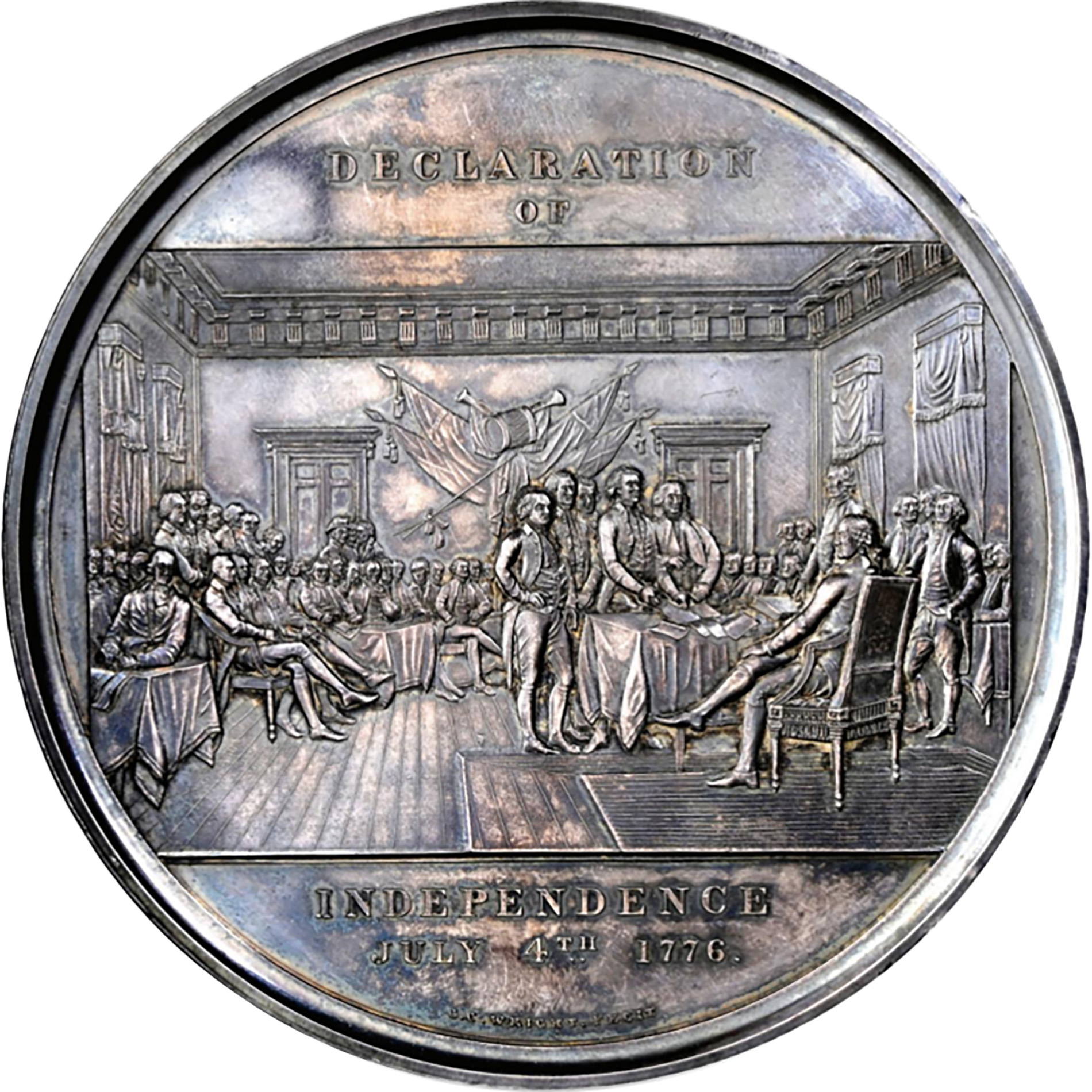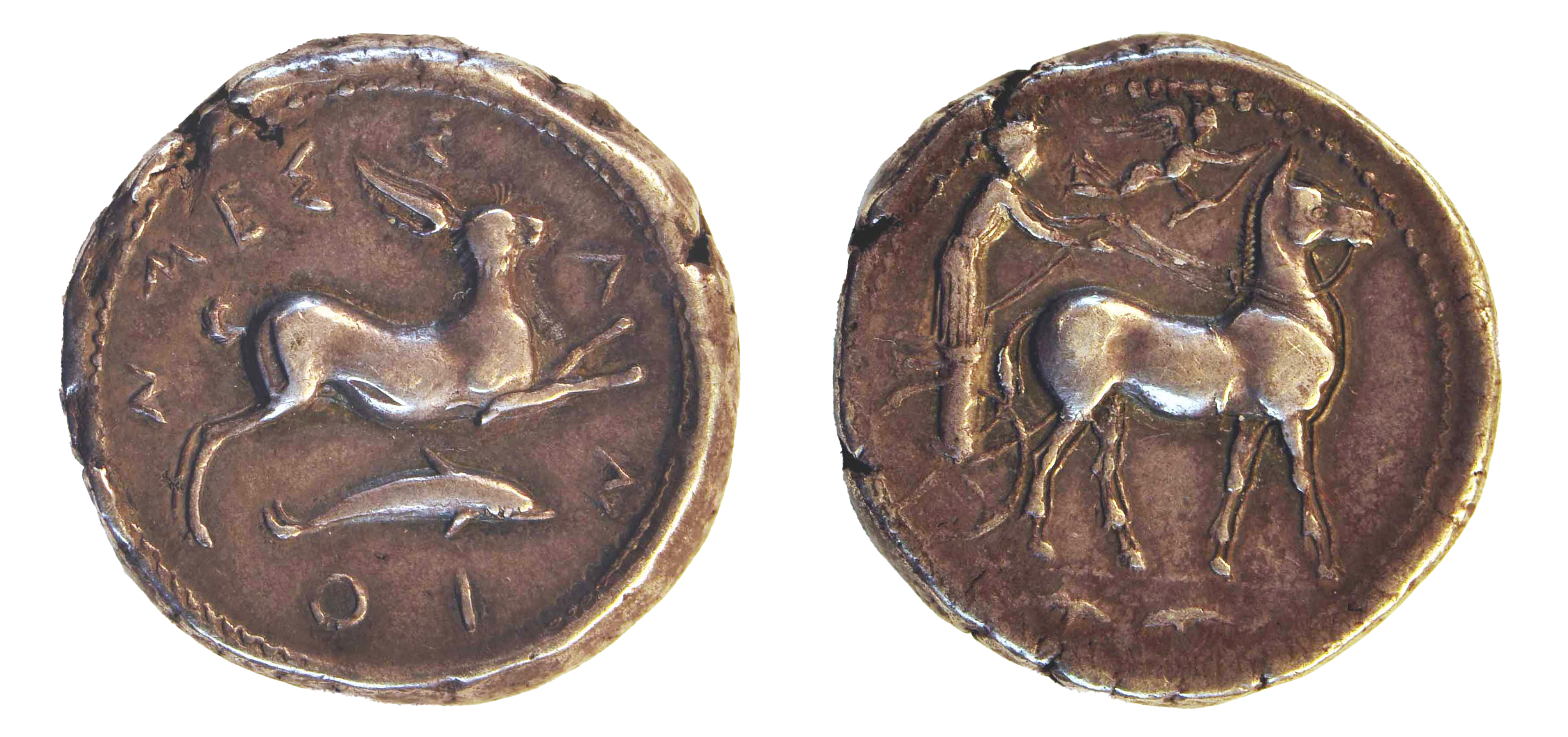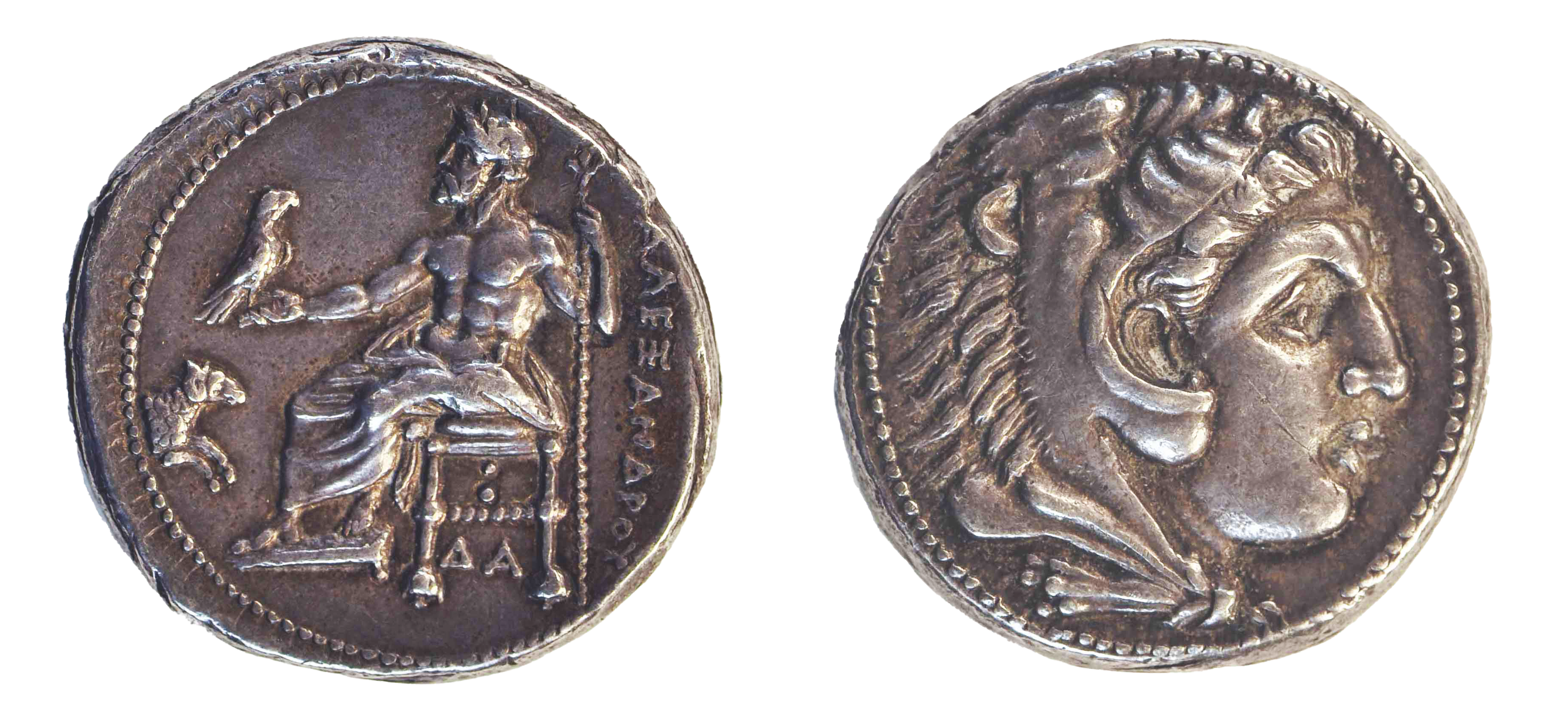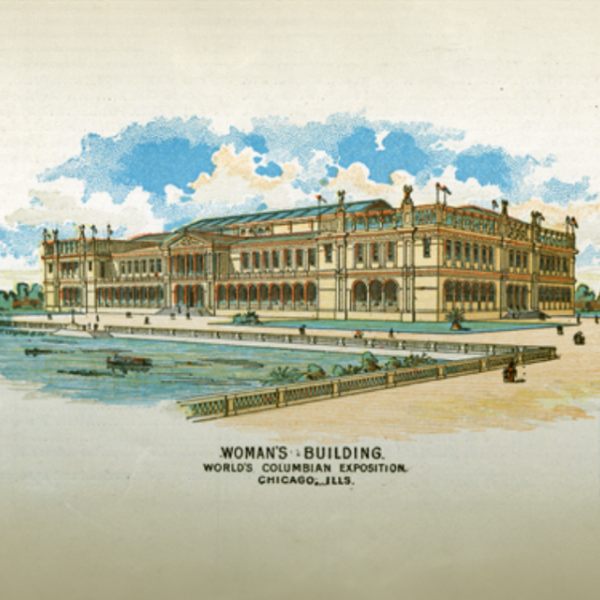William S. Bubelis is associate professor of classics and curator of the Wulfing Coin Collection at Washington University.

Through July 21
Coins Across Time: Ancient to American Numismatics
Olin Library, Level 1, Newman Tower of Collections and Exploration
Drawing from the Washington University Wulfing Collection of ancient coins and from private collectors, the Coins Across Time exhibition examines aspects of numismatics from the earliest coinage of the ancient Mediterranean world to present-day America.
When it comes time for curators to assemble an exhibition and choose what to display, we face a dilemma: how to make a coherent, compelling story out of just a few objects? As the curator for the John Max Wulfing Collection since 2014, I have looked at every one of the collection’s 16,000+ objects and see an almost endless number of stories.
For the current University Libraries exhibition Coins Across Time: Ancient to American Numismatics, I worked with three themes — history, style and myth. Let me offer a few thoughts on just two of the coins on display and how they provide a window into these themes through their own stories.
First, let’s consider a coin of ancient Greek Sicily, from the city of Messana, which overlooks the narrow strait separating Sicily from Italy. This silver coin was struck, by hand, in a large denomination that we call a tetradrakhma c. 420–413 BCE. Coins have two sides, which we call the obverse and reverse. The reverse of this coin, which is the side displayed in the exhibition (Fig. 1), presents the civic badge of Messana: a bounding hare above a dolphin, framed by the city’s name. Each of the animals is rendered in a deeply naturalistic, though stiff style. Their strange juxtaposition likely reflects a myth about the origins of Messana itself.

This coin’s obverse (Fig. 2) depicts a chariot of mules for racing, perhaps in the Olympic Games, and crowned by the goddess of victory, Nike. The charioteer is herself a goddess, the nymph Messana. While this side, too, reflects a mythical scene, it also reflects a matter of history. The Sicilian Greeks sent many athletes across the sea to seek victory at the Olympic Games, and their cities competed with one another on their coins to proclaim the divine approval their victors were believed to have won. Here, since Messana herself drives the chariot, the whole city enjoys that honor.
But we cannot forget that this was a coin that was meant to circulate as money and to do all the things that money could do. Perhaps this coin was used to buy grain, to settle a debt, to serve as part of a dowry or even to build the walls that protected Messana — who knows? Coins such as this amply reflect the investment that Greek cities made into producing the finest art possible since the coins carried their identity everywhere that they circulated.

Let’s take a quick look at the second coin, another silver tetradrakhma, but struck c. 330–323 BCE by one of the most important figures to have ever lived, Alexander the Great, King of Macedon. In his conquest of the Persian Empire, Alexander incorporated numerous, already ancient, cities into his administration. On the reverse (Fig. 3), we see the fact of conquest on display. Alexander struck this coin at Damascus in Syria, whose symbol of the ram and abbreviated name of the city are subordinated to his own name, all around the central figure of Olympian Zeus. But aside from those details, the coin was virtually the same as all the others, numbering in the hundreds of millions, that Alexander struck across his vast empire at dozens of other cities. The magnitude and uniformity of his coinage bespeak his imperial power and the global transformation that he initiated — like the coin of Messana, this one also served untold uses as it circulated far and wide.
Finally, the obverse image (Fig. 4), displayed in the exhibition, is that of the young hero Herakles, wrapped in the skin of the Nemean lion that, as myth has it, was one of the great labors that defined the hero. Can you make out the lion’s paws tied together beneath his chin, or the jaw that frames Herakles’ ear? Vividly lifelike and yet fantastic, in the centuries that followed this image was often taken to be a portrait of Alexander himself because he himself claimed Herakles as his ancestor but died aged only 32. The world was left to imagine what Alexander looked like, and in this image we find myth and history melded together seamlessly.
Headline image: Entry of Alexander into Babylon by Charles Le Brun (1665). Public domain.





